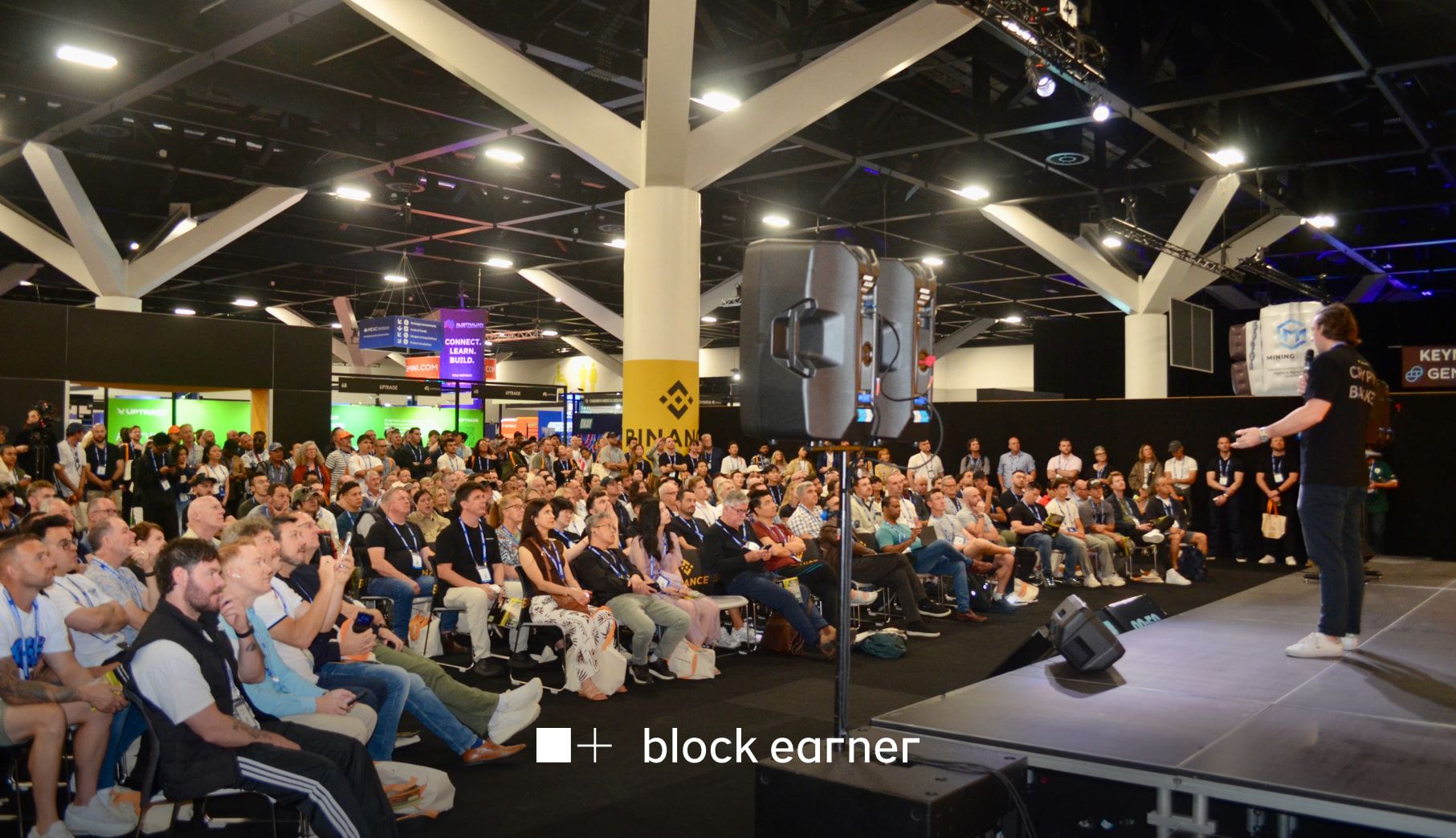Wrapped Bitcoin (WBTC) is a token that runs on the Ethereum (ETH) blockchain. WBTC is backed 1:1 with Bitcoin (BTC) by a decentralised network that warrants its price is pegged to that of Bitcoin.
Wrapped cryptocurrencies were created to mirror the underlying asset's value they represent because cryptocurrencies like Bitcoin also exist on their own unique blockchain.
Why wrap Bitcoin? Simply, Bitcoin itself exists on its own blockchain, one that is separate from the programmable blockchain Ethereum. Ethereum's ecosystem is the home of decentralised applications and smart contracts. So wrapping Bitcoin in Ethereum means that consumers can interact with Ethereum-based decentralised finance (DeFi) platforms using the underlying asset Bitcoin in its wrapped form.
Who created WBTC?
WBTC was launched on October 26 2018, as a collaborative effort by BitGo, Kyber Network, Ren (previously Republic Protocol), and other community partners to bring Bitcoin's liquidity to Ethereum’s decentralised ecosystem and improve the decentralised application.
The WBTC whitepaper was released in January 2019. In the same month, the token was launched with eight merchants facilitating Bitcoin-to-WBTC conversions.
The purpose of WBTC
The WBTC token was built using Ethereum’s ERC-20 token standard to provide bitcoin liquidity to the DeFi ecosystem. Cryptocurrency users who only owned Bitcoin were previously unable to access and use the decentralised applications being built on the Ethereum protocol, and DeFi projects identified an opportunity to tap into the larger market capitalisation and higher trading volume of the Bitcoin community through WBTC tokens.
The typical use for WBTC is as collateral, or a pledge for loan repayment, when taking out a cryptocurrency loan on DeFi platforms. Upon repayment of the crypto borrowed, the collateral, in the form of WBTC, is returned. If the collateral is liquidated, the WBTC is recouped by the platform.
Who manages or issues it?
The WBTC protocol is currently controlled by a decentralised autonomous organisation (DAO), that consists of 17 stakeholder members within the DeFi space. According to the WBTC website, there are more than 40 participants — including DAO members, wallets, merchants, and exchanges — in the WBTC ecosystem as of December 2020.
One way of acquiring WBTC is by using a platform like Block Earner. Converting bitcoin into WBTC typically comes without a cost, but when converting WBTC back into Bitcoin, merchants generally charge a fee. Users of WBTC also accrue Ethereum transaction fees as they transact within the DeFi ecosystem.


